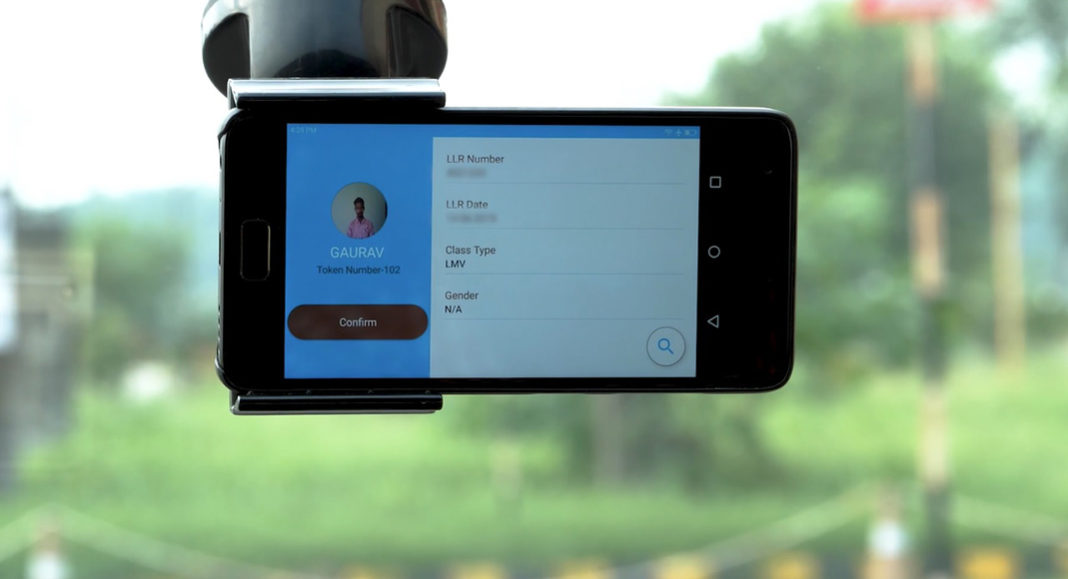Instructor-free driving tests conducted by a smartphone attached to the car’s windshield are being carried out in India as part of a Microsoft Research Project called HAMS.
HAMS, which stands for Harnessing AutoMobiles for Safety, was originally conceived as a system to monitor drivers and their driving, with the aim of improving road safety. The project naturally veered in the direction of helping evaluate drivers during test situations and the Artificial Intelligence (AI) technology is now being used to conduct driving tests at the Regional Transport Office (RTO) in Dehradun in the northern Indian state of Uttarakhand.
HAMS uses the smartphone’s front and rear cameras, and other sensors, to monitor the driver (for instance, their gaze) and the road scene in front (for instance, the distance to the vehicle in front), simultaneously. For driving tests, HAMS has been customized to include capabilities such as precise tracking of the vehicle’s moving during test manoeuvres, for instance, parallel parking or negotiating a roundabout.
“The successful deployment of the HAMS-based driver license testing at the Dehradun RTO is a significant step towards the Transport Department’s goal of providing efficient, world-leading services to the citizens of Uttarakhand. We are proud to be among the pioneers of the application of AI to enhance road safety,” said Shri Shailesh Bagauli, IAS, Secretary, Government of Uttarakhand.
On average, over 50 candidates take the HAMS-enabled automated license test every day at the Dehradun RTO, with about 50 percent passing the test and obtaining a driver’s license.
In India, driver license testing is a significant issue, with many drivers on the road not having taken a test; one survey by SaveLIFE Foundation reported that 59 percent of the respondents did not undergo a test to obtain a driving license.
“The main challenge in the traditional driver’s license test is the burden placed on the human evaluators and the resulting subjectivity that a candidate faces,” said Venkat Padmanabhan, Deputy Managing Director, Microsoft Research India, who started the HAMS project in 2016. “Automation using HAMS technology can not only help relieve evaluators of the burden but also make the process objective and transparent for candidates.”
HAMS has been taken out of the research lab and into the real world as a result of several external partnerships. The smartphone-based driving test system is the outcome of a partnership with the Institute of Driving and Traffic Research (IDTR), a joint venture between the Department of Transport of State Governments and Maruti Suzuki India Limited.



















